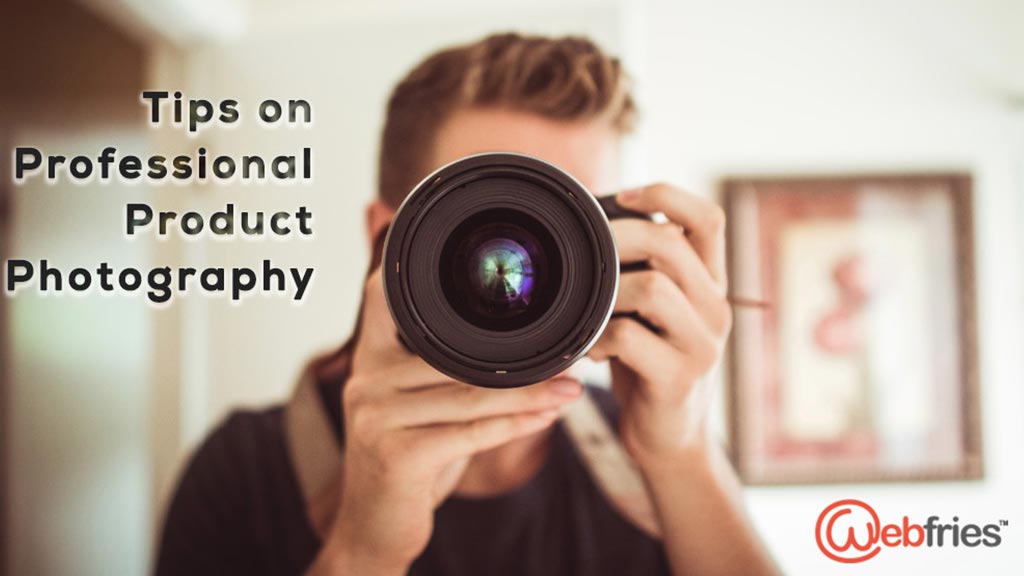“A Picture is Worth a Thousand Words.” In the online world, a picture can make the difference between thousands of bucks earned as revenue and losing out on sales due to bad photographs. If you want to outpace your competitors and boost your sales, professional quality images of your products are a must. There is no room for negotiation. This is particularly the case when you sell your product online either at popular retailers like Amazon, Flipkart, Shop Clues, and Snap Deal or on your website.
“The Product Photograph directly influences the value of the product and ultimately your brand.”
Great Product Photography Requires Effort to Master
We don’t say that just to scare you. However, that is the truth. Just because you own an expensive DSLR doesn’t mean that your images are going to look picture-perfect. The fact is that you need to spend time and effort honing your still photography skills before you can achieve the edge that sets your products apart from the rest.
Here are a few tried and tested tips to help you get started. Are you ready?
Invest in a good camera
This one goes without saying. You can’t use your iPhone camera and expect your images to look professional. While the latest Smartphone cameras have high resolution, there are a ton of other features that can be achieved only with a professional camera. For instance, with different lenses you can change the depth of the field; blur the background, macro focus on your product to capture the finer details and so on.
Remember that clearer the images, the higher the chances for customers to buy your products.
White backgrounds are the Best
Use an infinity cove to create a seamless white background that gives the illusion of going on forever. Or if you know your way around Photoshop, you can replace the background with white colour. While white backgrounds are a necessity to have your products featured at popular online retailers, some sellers are also experimenting with darker or textured backgrounds for a dramatic effect.
Try to stay away from Filters
Filters are small camera accessories that are attached to the lens to alter the image. Photographers make use of it when they want to give an artistic touch to the pictures. Avoid filters as customers would like to have an accurate representation of the product. Keep it as natural as possible and avoid over-editing in Photoshop.
Bokeh is a good choice for Lifestyle Products
Bokeh adds a whimsical touch to your images. It’s nothing but creating a blurry, dreamy effect with the help of a particular type of lens. Add Bokeh to the background while keeping your product in focus. This style of image works well for social media promotions, banners, and ads.
Have images for all Product variations
Remember that a customer is never going to buy a product until he/she can see a visual image of it. So, ensure that you have images for all styles of a particular product. For instance, if you’re selling a dress in three colours, make sure that you have full-size images for all three colours.
Don’t be Trigger Happy with the Delete Button
This is a common habit among photographers. As they review the images, they delete unsatisfactory pictures directly on the camera. Don’t do this. Wait till you transfer the pics to your workstation. A computer screen is much larger than the display screen on the camera. This helps you get a clear idea of which images work and which don’t.
Also, it’s better to have multiple choices to select from rather than being limited in your options.
Take advantage of colour psychology
Have you ever noticed that most electronic gadgets, Smartphones, and other accessories are shot on a black background? This is because black denotes sophistication and elegance. Similarly, lifestyle products are captured in a palette of warm colours like yellow, orange and muted tones. This is because these colours symbolize peace and security.
Make use of colour psychology to help your images establish an emotional connection with the audience.
Use Macro to help you display the fine details
If you’re selling a product that has fine details like jewellery, then make use of the macro setting on your camera. The macro zooms in on your subject while blurring out the background. This helps the customers focus on your product without any distraction.
Also, if they can see the finer details, they are more likely to feel confident in your product, and the chances of them, purchasing it are high.
Choose the right light settings for your Product
Natural light means naturally diffused sunlight and artificial light refers to any other light source. While natural light works well for some products, others require artificial light to highlight particular features. So, choose the light source depending on the nature of your products and the image you want to convey.
Also, decide if you want soft or hard light. In soft light, the light source is spread over a vast area of the image whereas in hard light it’s restricted. An example of hard light spotlights.
Make use of a Flash Diffuser
It’s a gadget that helps to spread the light from your camera’s flash. It ensures that your product is well lit. Also, it helps to avoid getting a washed outlook.
Restrict your images to only one light
Avoid mixing different types of light for one picture. For instance, if you’re shooting outside then ensure that there are no artificial lights nearby. Whether you’re using a candle, sunlight, or studio lighting equipment, just stick to one source.
Try to think out of the box when it comes to Product Photography Styles
Your creativity is the limit here. You can hang your product to create a unique perspective. Or position it in an entirely unrelated background to give it a fresh dimension. Try placing your product in different styles and choose the ones that work the best. Or you can give a 360-degree view of the product so that customers can get a better look at it.
Take care in choosing the Background
The background plays a significant role in making or breaking your image. Plain white backgrounds are the standard requirements for online retailers. However, if you’re shooting for your website or an ad campaign, you can play around with the backgrounds.
Use textured layers like cardboard, fabric, paper streamers, marble countertops, wallpaper, or wooden panels to create unique images. For instance, if you’re selling rustic products, natural wood-coloured backgrounds work well. If you’re selling colourful accessories, then choose fun backgrounds like paper streamers or solid cloth backgrounds.
Don’t fail to edit your Images
Remember that your work isn’t over with the product shoot. Clicking the images is just the beginning. The next step in the process is to edit the images using software like Photoshop. Editing is essential if you want to enhance your product image.
Whether you’re changing the background, correcting the colours, or adding effects, editing is a must for perfect product photos. If you wish to showcase your product in the best manner possible, then you require some good editing skills.
ABOVE ALL, TELL YOUR STORY THROUGH YOUR IMAGES
While the subjects of your product photographs are still, remember that your images must trigger emotions. Capture the details and the story behind the product with your pictures.
When people look at your product pictures, they should be able to sense how the product feels, smells, and in some cases even how it sounds and tastes. For instance, a good photograph of a can of cola with the bubbles fizzing must induce thirst in the onlooker.
It’s more than capturing just the products. The images should tell stories and trigger strong responses.
Are your photographs ready to sell your products and bolster the image of your brand?
We at Webfries provide professional photography services in Gurgaon. For product photography and marketing services in Gurgaon, you can call us at +91 124-4379-633. We are also available 24×7 at www.webfries.com.


